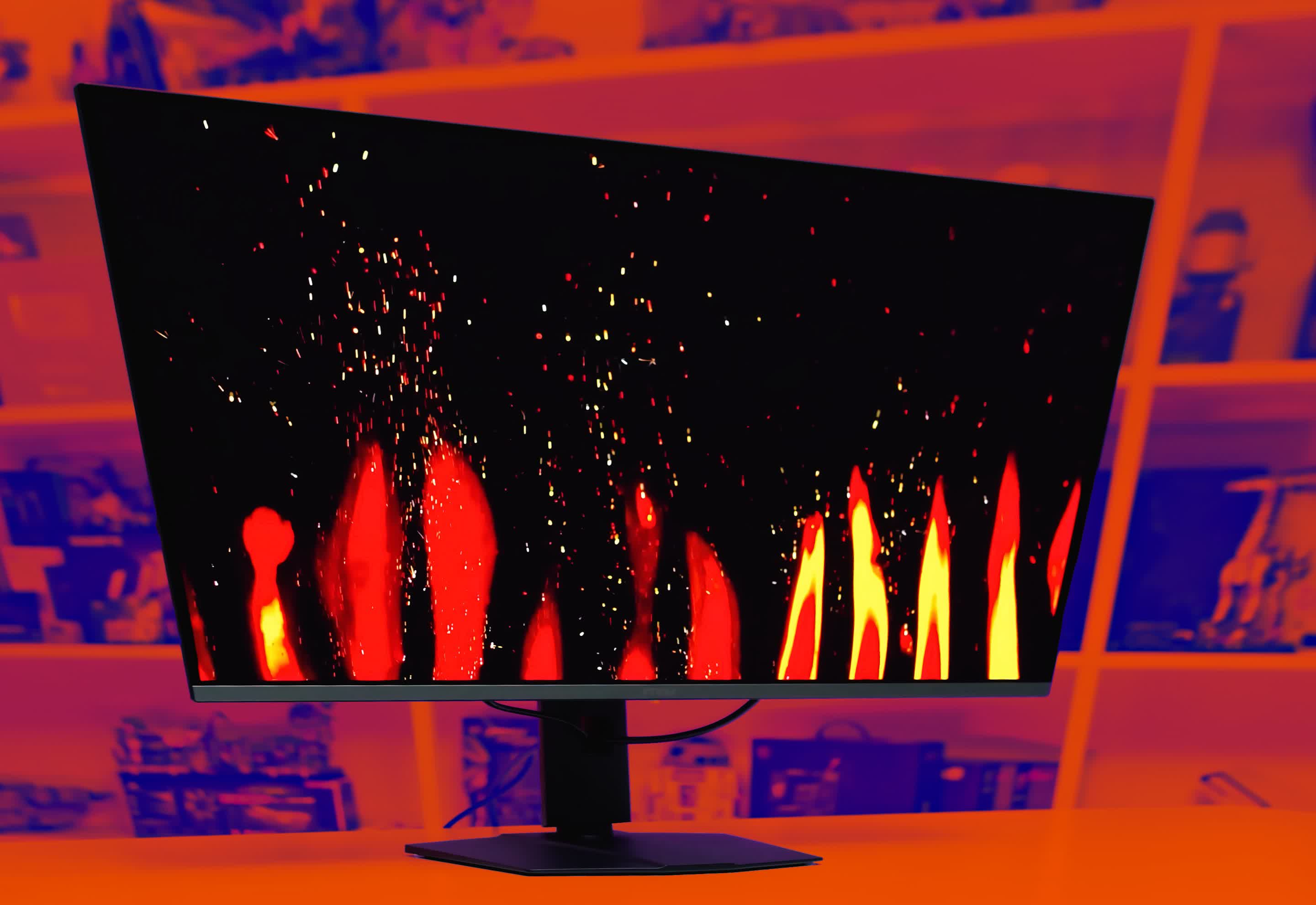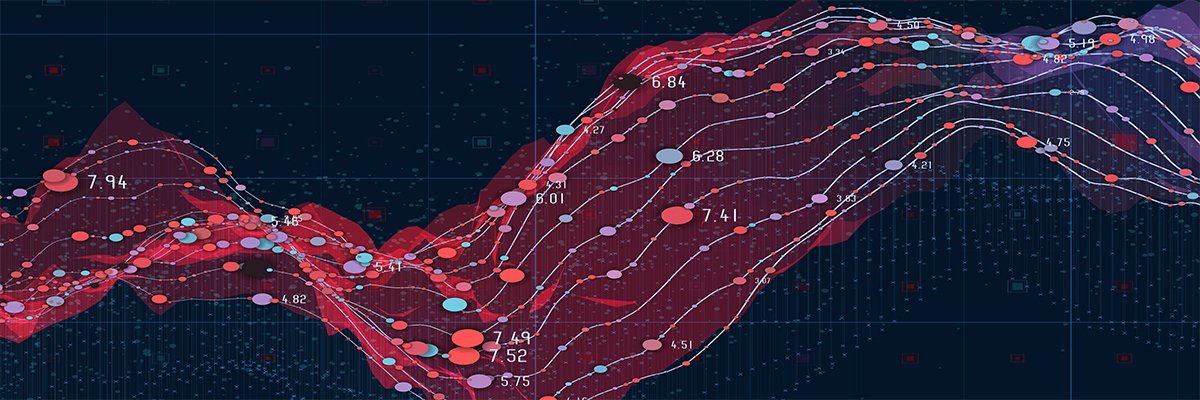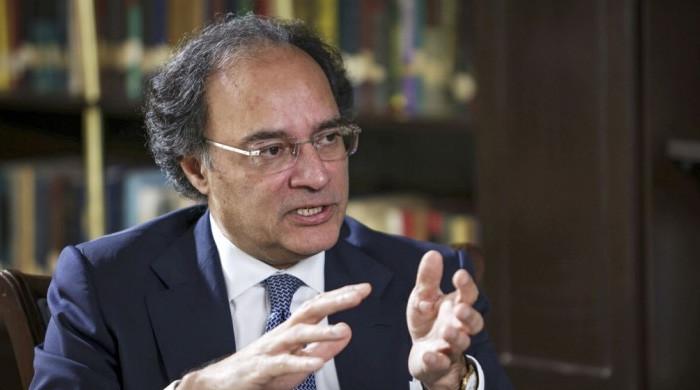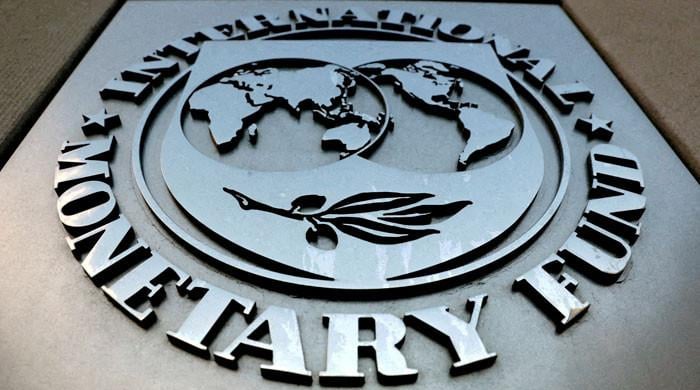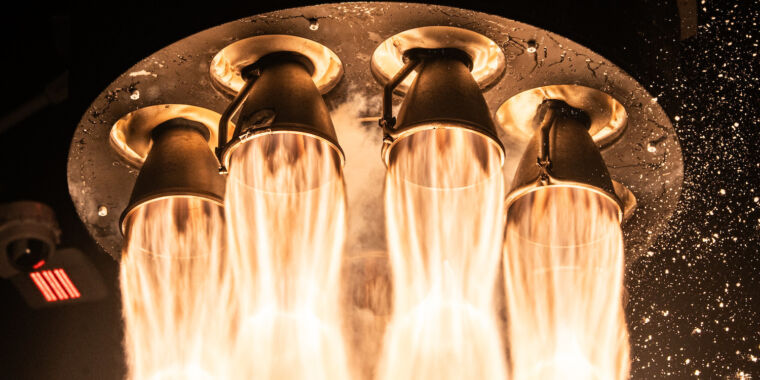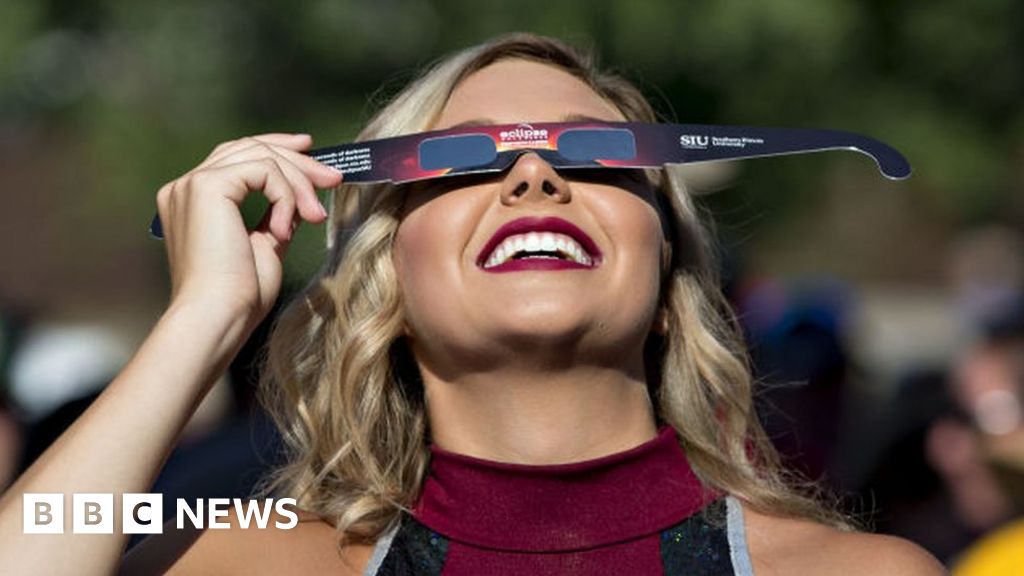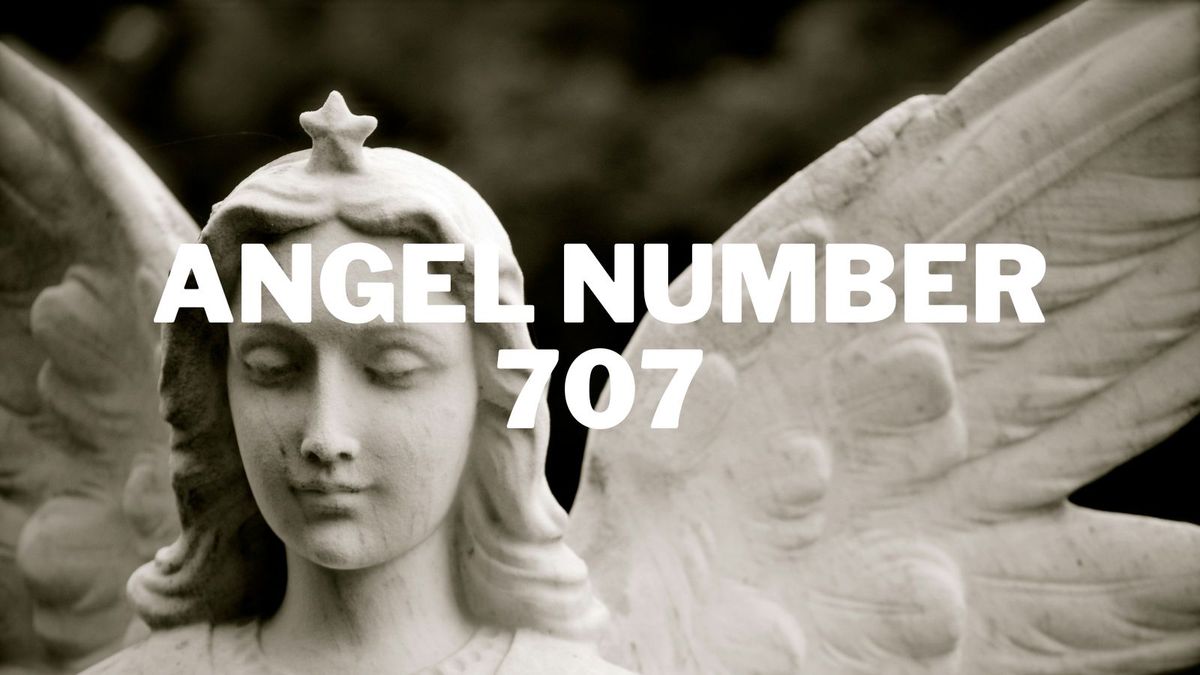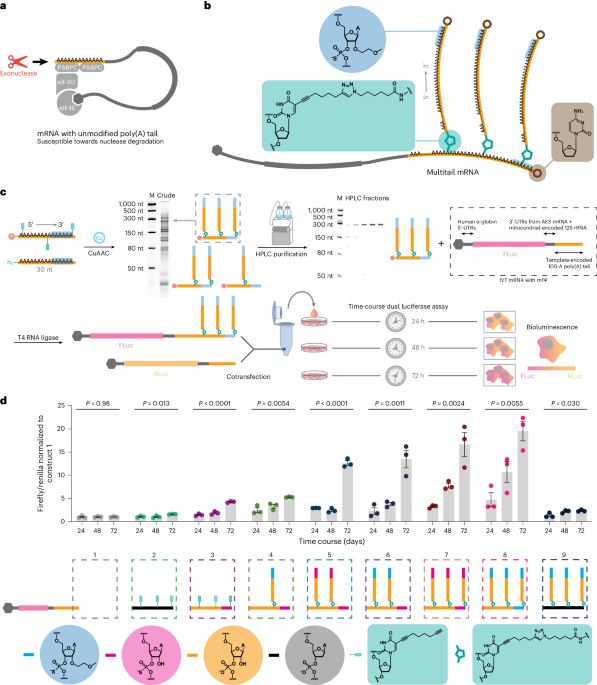[ad_1]
New insights from the NASA/ESA/CSA James Webb Space Telescope upend theories of how black holes shape the cosmos, challenging classical understanding that they formed after the first stars and galaxies emerged; instead, black holes might have accelerated the birth of new stars during the first 50 million years of the Universe.

This artist’s impression shows the evolution of the Universe beginning with the Big Bang on the left followed by the appearance of the Cosmic Microwave Background. The formation of the first stars ends the cosmic dark ages, followed by the formation of galaxies. Image credit: M. Weiss / Harvard-Smithsonian Center for Astrophysics.
“We know these monster black holes exist at the center of galaxies near our Milky Way, but the big surprise now is that they were present at the beginning of the Universe as well and were almost like building blocks or seeds for early galaxies,” said Professor Joseph Silk, an astronomer at Johns Hopkins University and Sorbonne University’s Institut of Astrophysics.
“They really boosted everything, like gigantic amplifiers of star formation, which is a whole turnaround of what we thought possible before — so much so that this could completely shake up our understanding of how galaxies form.”
“Distant galaxies from the very early Universe, observed by Webb, appear much brighter than scientists predicted and reveal unusually high numbers of young stars and supermassive black holes.”
“Conventional wisdom holds that black holes formed after the collapse of supermassive stars and that galaxies formed after the first stars lit up the dark early Universe.”
But the team’s analysis suggests that black holes and galaxies coexisted and influenced each other’s fate during the first 100 million years.
“We’re arguing that black hole outflows crushed gas clouds, turning them into stars and greatly accelerating the rate of star formation,” Professor Silk said.
“Otherwise, it’s very hard to understand where these bright galaxies came from because they’re typically smaller in the early Universe. Why on Earth should they be making stars so rapidly?”
“Black holes are regions in space where gravity is so strong that nothing can escape their pull, not even light.”
“Because of this force, they generate powerful magnetic fields that make violent storms, ejecting turbulent plasma and ultimately acting like enormous particle accelerators.”
“This process is likely why Webb’s detectors have spotted more of these black holes and bright galaxies than scientists anticipated.”
“We can’t quite see these violent winds or jets far, far away, but we know they must be present because we see many black holes early on in the Universe.”
“These enormous winds coming from the black holes crush nearby gas clouds and turn them into stars.”
“That’s the missing link that explains why these first galaxies are so much brighter than we expected.”
According to the team, the young Universe had two phases.
During the first phase, high-speed outflows from black holes accelerated star formation, and then, in a second phase, the outflows slowed down.
“A few hundred million years after the Big Bang, gas clouds collapsed because of supermassive black hole magnetic storms, and new stars were born at a rate far exceeding that observed billions of years later in normal galaxies,” Professor Silk said.
“The creation of stars slowed down because these powerful outflows transitioned into a state of energy conservation, reducing the gas available to form stars in galaxies.”
“We thought that in the beginning, galaxies formed when a giant gas cloud collapsed,” Professor Silk said.
“The big surprise is that there was a seed in the middle of that cloud — a big black hole — and that helped rapidly turn the inner part of that cloud into stars at a rate much greater than we ever expected. And so the first galaxies are incredibly bright.”
The study was published in the Astrophysical Journal Letters.
_____
Joseph Silk et al. 2024. Which Came First: Supermassive Black Holes or Galaxies? Insights from JWST. ApJL 961, L39; doi: 10.3847/2041-8213/ad1bf0
Maqvi News #Maqvi #Maqvinews #Maqvi_news #Maqvi#News #info@maqvi.com
[ad_2]
Source link


















